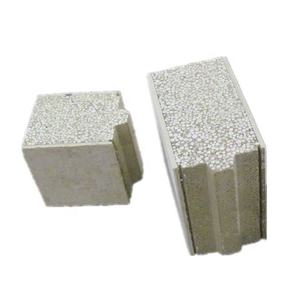Concrete is a versatile material used extensively in construction due to its strength, durability, and ability to be customized with various additives and admixtures. These substances enhance the properties of concrete beyond its inherent characteristics, offering solutions for specific needs and challenges. Here’s an overview of some key additives and admixtures that significantly impact the performance of concrete.
(Beyond the Basics: Other Additives and Admixtures in Concrete)
1. **Admixture Additives**: These include plasticizers, retarders, accelerators, and air entraining agents. Plasticizers reduce water demand, improving workability without compromising strength. Retarders slow down hydration, beneficial for large pours where uniform setting is crucial. Accelerators speed up the curing process, ideal for cold weather or fast-track construction projects. Air entraining agents introduce microscopic air bubbles into the mix, enhancing resistance against freeze-thaw cycles and improving durability.
2. **Fibers**: Adding synthetic or natural fibers (like steel, glass, carbon, or cellulose) to concrete enhances its tensile strength and ductility. This reduces the likelihood of cracking under tension, making structures more resilient. Fibers also improve the bond between layers, reducing delamination.
3. **Microsilica and Fly Ash**: These are pozzolans that react with calcium hydroxide in concrete to form additional cementitious compounds, improving durability, reducing permeability, and enhancing workability. Microsilica is particularly effective in high-performance concrete, while fly ash can be used to replace up to 50% of cement in certain applications.
4. **Cement Types**: While not strictly an additive, the choice of cement type (e.g., Portland, slag, or blended cements) can significantly affect the final properties of concrete. Slag cement, for instance, has a lower heat of hydration and can improve workability, while blended cements offer a balance between early strength gain and long-term durability.
5. **Densifiers and Sealers**: These chemical treatments enhance the surface hardness and resist the penetration of moisture and chemicals, improving the overall durability of concrete surfaces. They are commonly used in sidewalks, driveways, and garage floors.
6. **Colorants**: Used for aesthetic purposes, colorants allow concrete to be cast in various hues, matching architectural designs or environmental contexts. They can be incorporated during mixing or applied as a surface treatment.
7. **Nano-Technology Additives**: These advanced materials, at the nanoscale, offer unique properties such as enhanced bonding, self-healing capabilities, and improved corrosion resistance. They are still in development but hold promise for future advancements in concrete technology.
(Beyond the Basics: Other Additives and Admixtures in Concrete)
Each of these additives and admixtures plays a critical role in tailoring concrete to meet specific requirements, from enhancing structural integrity to improving sustainability and aesthetics. The selection and application of these materials require careful consideration to ensure they complement the base concrete mix while achieving the desired end product.
Inquiry us
if you want to want to know more, please feel free to contact us. (nanotrun@yahoo.com)

